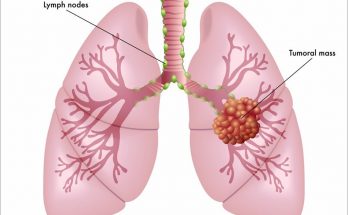Small Volume Nebulizers
It was not so long ago when all small volume nebulizers were essentially the same. The SVN has been a mainstay of our profession for decades. Sure, there were cosmetic differences, but they were mostly different variations on a common theme. Today, new generations of nebulizers have emerged. Therapists can now choose between traditional open systems, venturis, closed-systems and breath-actuated nebulizers. Each type has its advantages and disadvantages.
The open-system nebulizer is what typically comes to mind when we think about our tried-and-true nebulizer: a cup, T-piece and a mouthpiece. Just like the popular slogan of a hamburger chain states, “Millions and millions have been served daily.” This type of device has the advantage of being very low cost, readily available and simple to operate.
A variation of the open-system uses a venturi effect, creating a high flow over the liquid surface. This shearing results in remarkably uniform particle size, with a higher amount of particles within respirable range than a standard SVN. Generally, these devices aerosolize the medication quicker, shortening treatment times. While this device is only slightly more expensive than the standard SVN, the performance characteristics make it attractive to some hospitals.
Recently, the open type has come under fire in some health care institutions. The open-system design allows room air to be entrained with each breath (and in the case of the venturi style, during nebulization itself). This opens the possibility for airborne pathogens to find their way into a moist, bacteria-friendly environment resulting in contamination and the potential for hospital-acquired infections.
While this is arguably a problem for some facilities, it’s not a concern for others. A common sense approach using aseptic techniques and good handling practices can minimize problems associated with contamination.
Closed-system nebulizers are becoming increasingly popular. One type available from a few manufacturers uses a reservoir bag, which serves to collect the aerosolized medication in a vapor “cloud.” When the patient inhales, the bag deflates, and the patient theoretically gets a higher concentration of aerosolized medication with each inspiration. The closed-system design tends to remove the larger particles. Therefore, the particle output is on the lower end of the therapeutic range allowing for deeper penetration into the smaller airways.
Closed-system nebulizers have the advantage of being “cleaner,” as the patient inhales and draws the medication vapor from the bag and does not draw room air over the nebulizer cup. Because this can reduce the potential for contamination by airborne pathogens looking for the ideal environment, some hospitals have found that they can extend the time between device change-outs, which lowers the number of nebulizers that they must keep on hand. In addition, there is no airborne medication blowing out the distal end each exhalation cycle, limiting occupational exposure to the caregiver.
Is the closed system nebulizer better? The verdict is still out. The risk of contamination is not universally regarded as an issue, and the problem of occupational exposure to caregivers is somewhat clouded as well. The major disadvantage of this type of nebulizer is usually the cost; in some cases it can be as high as four to five times the cost of standard SVNs. This could be offset somewhat by the extension of time between change-out and the fewer numbers kept on hand.
A secondary type of closed-system nebulizer is used for special applications and not generally for regular bronchodilator therapy. This type incorporates a filtering system on the exhalation limb, trapping and filtering the exhaled gases. A therapist might use this sort of device to administer pentamidine. The filtering system minimizes exposure of the aerosolized pentamidine to anyone other than the patient. The cost of the device varies by manufacturer, but is higher than the standard SVN.
